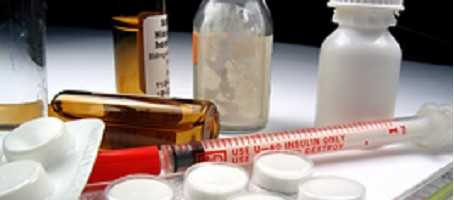A molecule has been identified which may explain why people with diabetes often experience impaired wound healing.
Researchers at the University of Pennsylvania School of Dental Medicine believe the Foxo1 (Forkhead Box) protein – encoded in the FOXO1 gene – could be a target of drug therapies to improve healing.
Amputations
Non-healing open ulcers can require amputations for people with diabetes if they become too severe. Roughly 15 per cent of diabetics will experience a non-healing wound in their lives.
Previous research had found the Foxo1 molecule could protect cells against oxidative stress by inducing the TGF-â1 molecule, which promotes healing.
The Penn team created small wounds on the tongues of diabetic mice, as well as a control group of non-diabetic mice. The wounds of the first group healed more slowly.
Researchers then performed the same experiment on mice bred to lack the Foxo1 protein and FOXO1 gene, which appeared to show the diabetic mice healing more quickly.
High-sugar environment
As the team experimented with the cells, they found that cell movement was impaired in a high-sugar environment. Further experiments demonstrated that CCL20 and IL-36y, two signalling molecules regulated by Foxo1, play a role in how diabetes affects wounds healing.
The researchers concluded that while the FOXO1 gene normally stimulates TGF-â1 production, in diabetic mice it stimulated CCL20 and IL-36y, which prevent the FOXO1 gene from healing the wound, and actually hinder the healing process.
“In terms of a wound-healing response, it looks like Foxo1 might be one of the central regulators that are affected by the diabetic condition,” said lead researcher Dana T. Graves.
“This may make it a good drug target, which could possibly be administered locally to minimize systemic effects in diabetic wounds.”
What's new on the forum? ⭐️
Get our free newsletters
Stay up to date with the latest news, research and breakthroughs.





